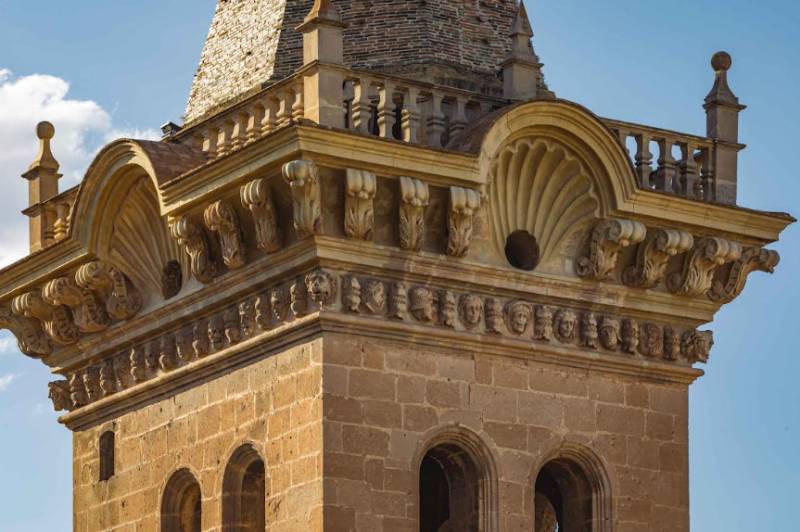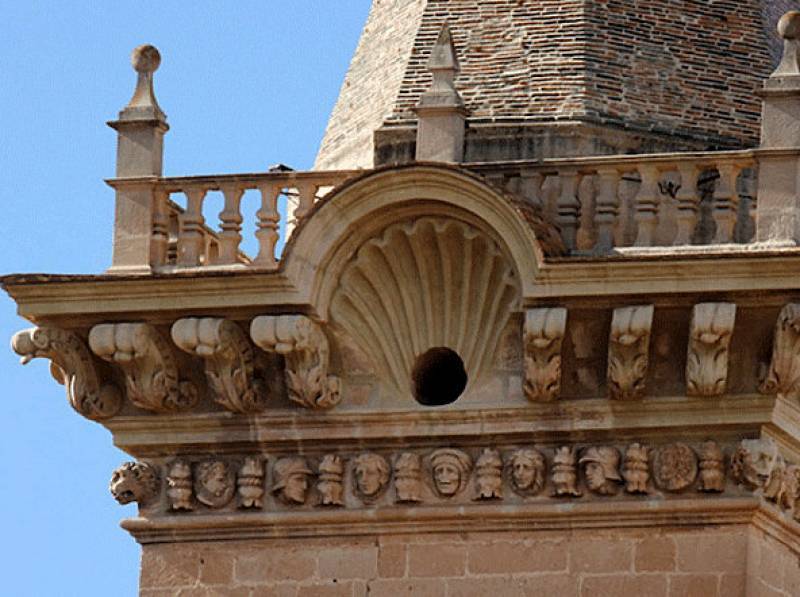- Region
- Águilas
- Alhama de Murcia
- Jumilla
- Lorca
- Los Alcázares
- Mazarrón
- San Javier
-
ALL AREAS & TOWNS
- AREAS
- SOUTH WEST
- MAR MENOR
- MURCIA CITY & CENTRAL
- NORTH & NORTH WEST
- TOWNS
- Abanilla
- Abarán
- Aguilas
- Alamillo
- Alcantarilla
- Aledo
- Alhama de Murcia
- Archena
- Balsicas
- Blanca
- Bolnuevo
- Bullas
- Cañadas del Romero
- Cabo de Palos
- Calasparra
- Camping Bolnuevo
- Campo De Ricote
- Camposol
- Canada De La Lena
- Caravaca de la Cruz
- Cartagena
- Cehegin
- Ceuti
- Cieza
- Condado de Alhama
- Corvera
- Costa Cálida
- Cuevas De Almanzora
- Cuevas de Reyllo
- El Carmoli
- El Mojon
- El Molino (Puerto Lumbreras)
- El Pareton / Cantareros
- El Raso
- El Valle Golf Resort
- Fortuna
- Fuente Alamo
- Hacienda del Alamo Golf Resort
- Hacienda Riquelme Golf Resort
- Isla Plana
- Islas Menores & Mar de Cristal
- Jumilla
- La Azohia
- La Charca
- La Manga Club
- La Manga del Mar Menor
- La Pinilla
- La Puebla
- La Torre
- La Torre Golf Resort
- La Unión
- Las Palas
- Las Ramblas
- Las Ramblas Golf
- Las Torres de Cotillas
- Leiva
- Librilla
- Lo Pagan
- Lo Santiago
- Lorca
- Lorquí
- Los Alcázares
- Los Balcones
- Los Belones
- Los Canovas
- Los Nietos
- Los Perez (Tallante)
- Los Urrutias
- Los Ventorrillos
- Mar De Cristal
- Mar Menor
- Mar Menor Golf Resort
- Mazarrón
- Mazarrón Country Club
- Molina de Segura
- Moratalla
- Mula
- Murcia City
- Murcia Property
- Pareton
- Peraleja Golf Resort
- Perin
- Pilar de la Horadada
- Pinar de Campoverde
- Pinoso
- Playa Honda
- Playa Honda / Playa Paraíso
- Pliego
- Portmán
- Pozo Estrecho
- Puerto de Mazarrón
- Puerto Lumbreras
- Puntas De Calnegre
- Region of Murcia
- Ricote
- Roda Golf Resort
- Roldan
- Roldan and Lo Ferro
- San Javier
- San Pedro del Pinatar
- Santiago de la Ribera
- Sierra Espuña
- Sucina
- Tallante
- Terrazas de la Torre Golf Resort
- Torre Pacheco
- Totana
- What's On Weekly Bulletin
- Yecla


- EDITIONS:
 Spanish News Today
Spanish News Today
 Alicante Today
Alicante Today
 Andalucia Today
Andalucia Today
August 29 and 30 Guided tours of the Iglesia Vieja in Yecla
The old church of Yecla, known for its iconic tower, is to be converted into a cultural venue
 The Iglesia de la Asunción, more usually known in Yecla as the Iglesia Vieja (the old church, since before the construction of the Basilica in 1868 it was the most important religious building in the town) is due to undergo a renovation and interior transformation process beginning in September this year, and to give both locals and visitors a last chance to see the building in its religious format a series of four 90-minute guided tours is being held on 29th and 30th August.
The Iglesia de la Asunción, more usually known in Yecla as the Iglesia Vieja (the old church, since before the construction of the Basilica in 1868 it was the most important religious building in the town) is due to undergo a renovation and interior transformation process beginning in September this year, and to give both locals and visitors a last chance to see the building in its religious format a series of four 90-minute guided tours is being held on 29th and 30th August.
These tours begin at 18.30 and 20.15 on Friday 29th August and at 10.00 and 11.45 the following day, with registration already available online here for the Friday and here for the Saturday.
 Work first started on this Gothic/Renaissance-style building, which is located between the Town hall and the Santuario del Castillo in the higher part of Yecla, in 1508 and it was completed in 1540, after which more was added in various stages. The first of these stages included the central part of the building and the base of the main tower – this is unusual, because during the Middle Ages and Early modern period it was customary to build the “business end” of churches first, creating space for the altar so that services could be conducted. After 1540 came the apse and the rest of the tower, while the choir was created later in the 16th century and the sacristy appears to have been added later still.
Work first started on this Gothic/Renaissance-style building, which is located between the Town hall and the Santuario del Castillo in the higher part of Yecla, in 1508 and it was completed in 1540, after which more was added in various stages. The first of these stages included the central part of the building and the base of the main tower – this is unusual, because during the Middle Ages and Early modern period it was customary to build the “business end” of churches first, creating space for the altar so that services could be conducted. After 1540 came the apse and the rest of the tower, while the choir was created later in the 16th century and the sacristy appears to have been added later still.
Unfortunately the Iglesia Vieja was one of the victims of the Spanish Civil War, and was burnt and ransacked in 1936. The losses included the magnificent Renaissance altar screen, the archives, the sculptures and paintings and the “lignum crucis” (or fragment of the Cross on which Jesus was crucified) and not until 1986 was the first restoration work undertaken.
 One of the most interesting features is the decoration of the tower, where on the upper levels there are sculpted representations of the different social strata in the still largely feudal society of Spain in the 16th century: on the northern side seven knights, on the south are four heads (three men and a lion), on the eastern side are the faces of two women, possibly the Virgin Mary and Mary Magdalene, while on the west are figures representing the clergy.
One of the most interesting features is the decoration of the tower, where on the upper levels there are sculpted representations of the different social strata in the still largely feudal society of Spain in the 16th century: on the northern side seven knights, on the south are four heads (three men and a lion), on the eastern side are the faces of two women, possibly the Virgin Mary and Mary Magdalene, while on the west are figures representing the clergy.
At the top of the tower a large iron ball is suspended: during the years of neglect after the Civil War this fell into the nave and through it to the crypt, but it has been returned to its original location as part of the restoration.
Further information is available from the tourist office of Yecla (email turismo@yecla.es) or, for more visiting information in English, go to the home page of Yecla Today.







